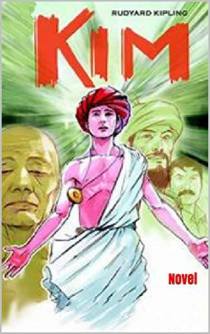
HISTORY
Shahi Bridge or Munim Khan’s Bridge or Akbari Bridge or Mughal Bridge or Jaunpur Bridge is a 16th-century bridge over river Gomti in Jaunpur, Uttar Pradesh, India. Jaunpur was established by Feroz Shah Tughluq in the late 14th century on an ancient site along the Gomti River. The town is known for its interesting architecture as many 14th and 15th century mosques in the town were built in a style that mixes Islamic, Hindu and Jain influences. The Akbari Bridge pictured here was built by the Mughal Emperor Akbar in the 16th century and still stands today. It crosses the river on the northern side of town (Wikipedia)
LEGEND
Legend has it that Akabar wanted to construct a mosque on the banks of River Gomti like the one never seen before by mankind and ordered his Munim/Viceroy to get going with the work. Bored one day he was strolling on the banks of River Gomti incognito when a sharp tongued potter’s wife began lamenting the absence of a bridge, a boat and boatman to take her across the river. Akbar offers to take her across with the help of a small stow boat which he himself begins to row… On the journey and not knowing that it is Akbar the lady heaps a mouthful of vilest abuse on Akbar and his Munim… Akbar senses the correctness of her need and intention and upon returning to the palace orders the Munim to cancel the mosque and construct a bridge instead with that money and that is how the Shahi Bridge or Munim Khan’s Bridge or Akbari Bridge or Mughal Bridge or Jaunpur Bridge got constructed.
KIPLING
Out of this mix of fact and legend, Kipling weaves a nice long poem which I enjoyed reading. I especially loved the verse where the old woman is heaping absue which goes like this:
“Oh, most impotent of bunglers! Oh, my daughter’s daughter’s brood
Waiting hungry on the threshold; for I cannot bring their food,
Till a fool has learned his business at their virtuous grandma’s cost,
And a greater fool, our Viceroy, trifles while her name is lost!
( The fool is Akbar because he is not able to row the boat properly)
“Munim Khan, that Sire of Asses, sees me daily come and go
As it suits a drunken boatman, or this ox who cannot row.
Munim Khan, the Owl’s Own Uncle-Munim Khan, the Capon’s seed,
Must build a mosque to Allah when a bridge is all we need!
(A capon is a castrated domestic cock fattened for eating)
Chastised Akbar takes this same abuse back to his Munim and tells him the following:
And he ended, “Sire of Asses-Capon-Owl’s Own Uncle-know
I-most impotent of bunglers-I-this ox who cannot row-
I-Jelaludin Muhammed Akbar, Guardian of Mankind-
Bid thee build the hag her bridge and put our mosque from out thy mind.”
It was fun reading this poem
The bridge still exists


